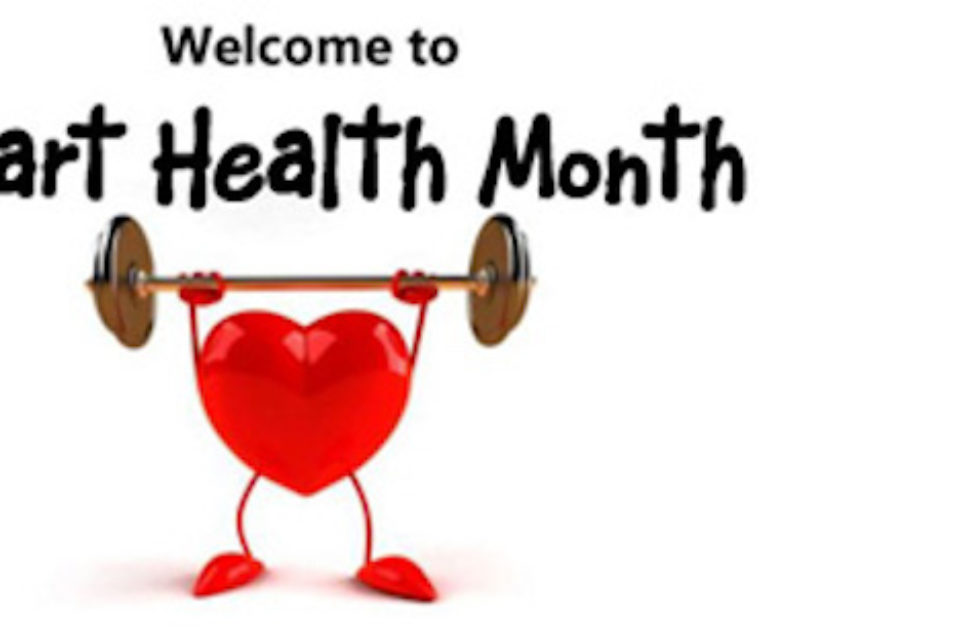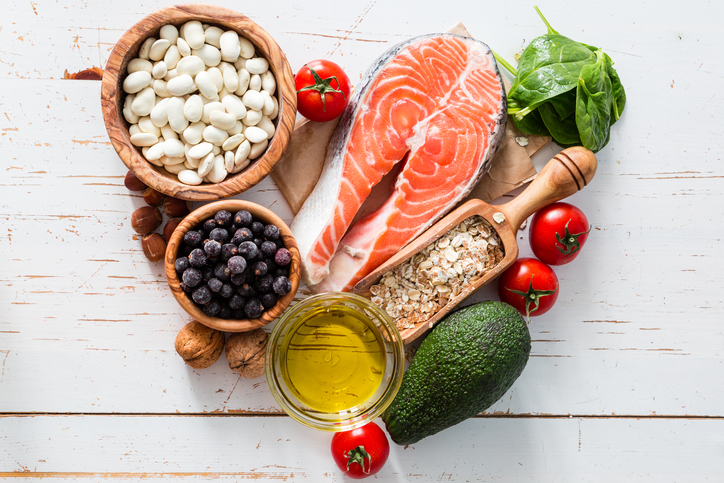Heart Health Month: NWH Cardiology Chief on Controlling Cholesterol

Heart Health Month: NWH Cardiology Chief on Controlling Cholesterol and Reducing Risk of Cardiovascular Disease: February is Heart Health Month. In recognition of that, we are publishing “How to take control of your cholesterol levels…starting today!” from Dr. Robert Pilchik, Chief of Cardiology at Northern Westchester Hospital. This article is part of a three part series from Dr. Pilchik. In Part 1 he discusses “How Your Cholesterol Level Affects Your Heart”. In Part 2, Dr. Pilchik “Explains the Meaning of Cholesterol Numbers” and outlines how often you should have your cholesterol checked.
What’s the best way to bring your HDL and LDL cholesterol levels into the safe zone, and significantly reduce your risk of cardiovascular disease? On your own. That’s right – through diet and exercise. And if you’re a smoker, quitting is a must.
You may be just 3 to 4 months away from a healthy heart!
 You may be amazed how effective lifestyle changes are in lowering “bad” LDL cholesterol and raising “good” HDL cholesterol, and how fast you can achieve your goal. (For more information on LDL and HDL cholesterol, read Parts One and Two of this series.) In three to four months, diet and exercise alone can produce more than a 30 percent reduction in LDL cholesterol, which is often enough to put you into the safe zone. What’s more, exercise is the only way to raise HDL cholesterol (which vacuums artery-blocking LDL cholesterol from your body).
You may be amazed how effective lifestyle changes are in lowering “bad” LDL cholesterol and raising “good” HDL cholesterol, and how fast you can achieve your goal. (For more information on LDL and HDL cholesterol, read Parts One and Two of this series.) In three to four months, diet and exercise alone can produce more than a 30 percent reduction in LDL cholesterol, which is often enough to put you into the safe zone. What’s more, exercise is the only way to raise HDL cholesterol (which vacuums artery-blocking LDL cholesterol from your body).
If your cholesterol levels aren’t great, but aren’t terrible, I’ll tell you to lose 20 pounds, exercise and reduce the amount of saturated fats in your diet. If within three months, you’re making progress, we don’t need to use medication. If you start off with LDL numbers through the roof, I’ll prescribe diet, exercise and cholesterol-lowering medication. Once I see that you can maintain your diet and exercise routine, we cut back on the medication and ultimately get rid of it altogether.
To lower LDL I also prescribe 30-40 minutes of aerobic exercise at least three to four times a week. “Aerobic” doesn’t mean a leisurely stroll once around the track! It means you’re breathing hard, breaking a sweat and your heart rate is above 100 beats a minute. The more you exercise, the more LDL your body expels. And as I mentioned, exercise is the only known way to raise HDL cholesterol.
What To Eat: Heart Health
You also need to make dietary changes to help bring cholesterol levels into the safe zone: Limit intake of foods with saturated fats (red meat, milk, butter, cheese, coconut and palm oils), which directly increase your body’s LDL cholesterol.
 Replace saturated fats with unsaturated fats, found mainly in fish, legumes, nuts, seeds and oils from plants; because chicken is lower in saturated fats, it’s a great choice. Completely avoid trans-fatty acids. Many patients’ first question is, “How often can I have red meat?” The answer depends on whether you’ve had heart disease. In general, I advise not more than once a week.
Replace saturated fats with unsaturated fats, found mainly in fish, legumes, nuts, seeds and oils from plants; because chicken is lower in saturated fats, it’s a great choice. Completely avoid trans-fatty acids. Many patients’ first question is, “How often can I have red meat?” The answer depends on whether you’ve had heart disease. In general, I advise not more than once a week.
What if your cholesterol numbers are great? Can you have all the ice cream you want? No – you need to maintain those good numbers. For you, I recommend the same exercise routine as for improving cholesterol levels. And I urge you to gradually shift to a way of eating more in synch with the heart-healthy “Mediterranean” diet that emphasizes fruits, vegetables, whole grains, beans, nuts and healthy fats, moderate consumption of dairy and low consumption of meat.
Statins are the cholesterol-lowering medication of choice. They work by inhibiting your liver’s ability to produce LDL cholesterol. Statins are exceptionally effective, lowering LDL levels as much as 50 percent. However, if cholesterol-lowering medication brings your LDL cholesterol within the safe zone, this does not eliminate the need to exercise and make heart-healthy dietary changes. It takes all three together – exercise, diet and medication – to reduce your risk of heart disease.
Tasty Tips for a Healthy Heart
- Replace red meat with fish and poultry
- Replace full-fat dairy products with reduced-fat dairy, such as skim milk and partially skim milk cheese
- Replace butter with vegetable-based oils such as olive, peanut, canola, sunflower, corn, soybean and flaxseed
- Increase your intake of nuts, particularly almonds, walnuts and pecans
- Add avocados and olives to your diet
- Eat more heart-healthy salmon, trout and herring
Editor’s Note: This is Part Three of a three-part series that empowers you with knowledge and practical ways to keep your cholesterol levels in the safe zone, thereby dramatically reducing your risk of life-threatening heart disease. Part One helps you understand how your cholesterol levels affect your heart’s health. Part Two gives you a handle on those puzzling cholesterol numbers. Part Three discusses how to take control of your cholesterol levels.
More Articles from Northern Westchester Hospital
More Articles on Health & Fitness
More from our Winter Survival Checklist
Sign up for the What To Do Email Newsletter … carefully curated for townies, culture-vultures, foodies & weekend warriors
















